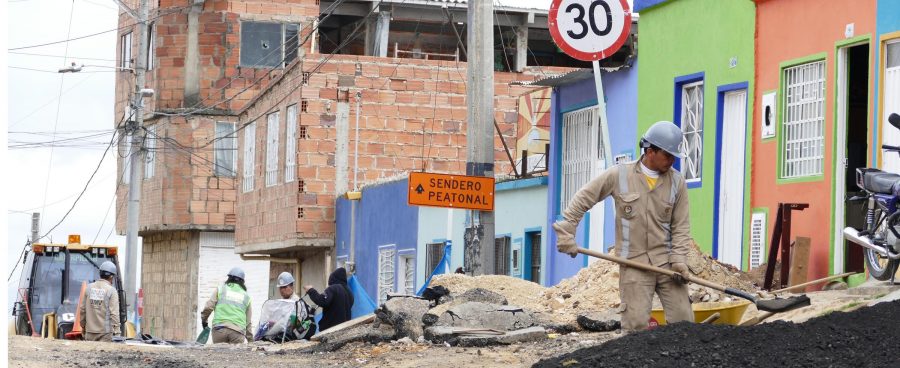Colombia has seen a dramatic increase in the lethal Chikungunya virus, with around 20,000 cases of infection reported in the northern region of the country since September this year.

The country has seen a dramatic increase in the mosquito-borne Chikungunya regions of northeast Colombia most severely affected.. Photo: Army Medicine CC By 2.0
Chikungunya is a viral disease that is transmitted to humans through the bite of infected mosquitoes during daylight hours.
The virus has been spreading rapidly on the Colombian coast with Santa Marta and areas near the Venezuelan border badly affected, according to health workers’ reports.
According to the statement issued by the National Health Institute (INS), the Caribbean region is the area of the country with the highest number of confirmed cases.
The report highlighted that the departments of Atlantico, Bolivar, Cartagena, Cesar, Córdoba, La Guajira, San Andrés and Providencia, Santa Marta, Sucre and Magdalena are the most affected.
Health services in the affected departments have been using fumigation and pest control campaigns to try and control the spread of the virus, according to reports.
There is currently no vaccine or treatment for the mosquito-borne virus, which resembles dengue fever and can cause fever, skin rash and joint pain. Doctors recommend taking the same precautions used to avoid normal mosquito bites, and using a repellent containing DEET.
Tens of thousands of people have been infected by the mosquito-born virus in other Caribbean countries since the outbreak began in December.
Chikungunya, meaning “to bend up” in reference to the joint pain the virus causes, was originally transmitted to humans in southern Tanzania in 1952.
By Pooja Maheshwary





